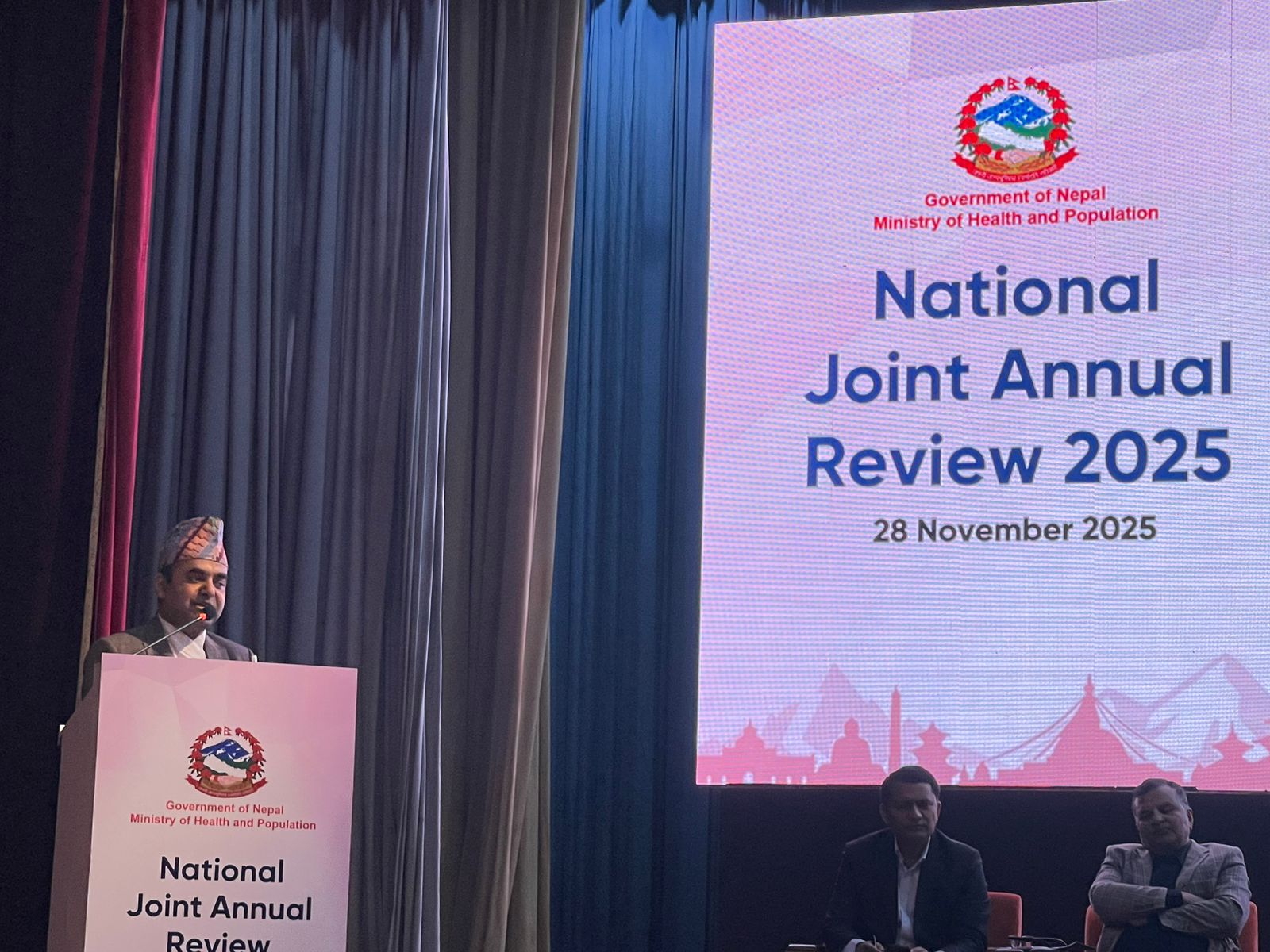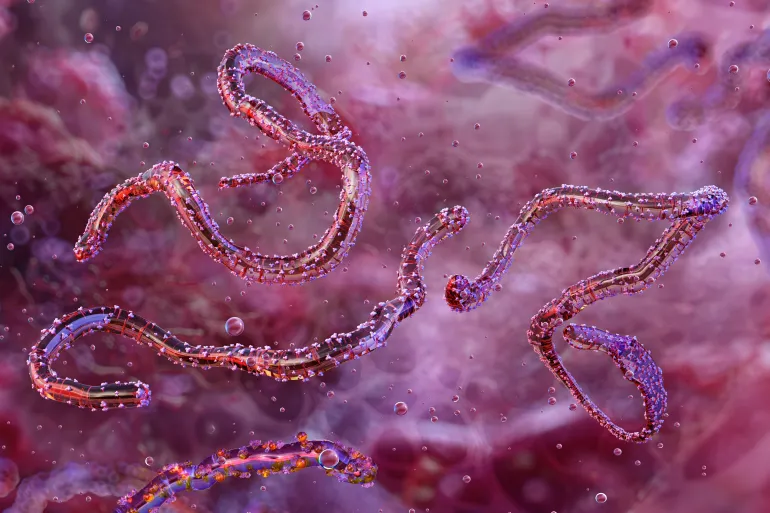
WILLIAMSPORT − Earth Day is all about protecting Mother Nature. But taking a “greener” approach with air quality is not just about protecting the environment and ecosystem—it’s about keeping our lungs clear of disease.
According to UPMC pulmonology Dr. Sharad Oli, the quality of the air one breathes directly impacts respiratory health, and environmental pollution, allergens, and toxins contribute to conditions like asthma, chronic obstructive pulmonary disease (COPD), and lung cancer. “With every day, we are facing poor air quality that is worsening… and so is the patient population with this problem,” he said. “There’s a very close connection between the air we breathe every single day and our lung health. We see it all the time within our patient population coming in with all sorts of respiratory problems.” Soft Shoes Lung diseases like asthma, bronchitis, COPD, and lung cancer have been tied to exposure in the environment, even for nonsmokers.
According to Oli. “Studies and research have shown that long-term exposure to all these pollutants can cause damage in the DNA through repeated oxidative distress and thus increase the risk of lung cancer—even in someone who has never smoked,” he said. “In fact, the World Health Organization (WHO) estimates that air pollution contributes to millions of deaths annually, underscoring the urgent need for cleaner air.” Air pollution, defined by WHO as the “contamination of the indoor or outdoor environment by any chemical, physical, or biological agent that modifies the natural characteristics of the atmosphere,” reportedly affects about 2.4 billion people within households. The combination of outdoor and household air pollution is associated with 7 million premature deaths worldwide. Oli added, This is why one has to be both very careful and mindful about their indoor and outdoor air quality. “Air pollution generally contains different kinds of materials. One of the most common being particle matter,” he said. “These are finely packed particles that go deep into the lungs, cause inflammation, and—thus—impair lung function.”
Other particles, like nitrogen dioxide and ozone from vehicle emissions, and indoor and outdoor allergens—like pollen, grass, dust mites, and mold—cause irritation of the airway and both exacerbate existing conditions and contribute to declining lung function. “Similarly, tobacco smoking—both actively and passively—causes damage to the lung and decreases its function,” Oli said. “These are environmental emissions and are equally important in causing lung problems,” Oli added that while these elements generally impact all age groups, age extremes—young and old—are the most commonly impacted. The solution? Oli suggested finding ways to contribute to cleaner air both inside one’s house and beyond its doors. “One of the ways is to reduce the pollutant exposure causing all of these inflammations, conditions… and weakening of the immune system because of frequent infections,” he said. “Reducing vehicle emissions by using public transportation like carpooling or purchasing more electric or fuel-efficient vehicles… planting more trees… enacting more strict regulations for industrial emissions, and using clean energy sources are other effective ways.”
For indoor air quality improvement, Oli recommended focusing on increasing airflow and using air purifiers, like the HEPA (High-Efficiency Particulate Air) air purifier, which filters to remove particulate matter, like dust, pollen, and other airborne particles. Education around avoiding tobacco use indoors, ventilating humidity, as well as limiting any usage of chemical cleaning products, Oli added, makes a significant difference. Individual approaches to cleaning chemicals should be considered, as some people may have different respiratory reactions to the same chemicals. “Another important thing is controlling the humidity. People have problems in both humid and dry areas,” he said. “In general, 30 to 50% humidity maintenance will prevent more growth (of harmful particles) and attacks on airway (and lung) conditions.
Dr. Sharad Oli, MD, is a specialist in pulmonary and critical care medicine. He works full-time at the University of Pittsburgh Medical Center in Pennsylvania.
Dr. Sharad Oli
Published: May 1, 2025









